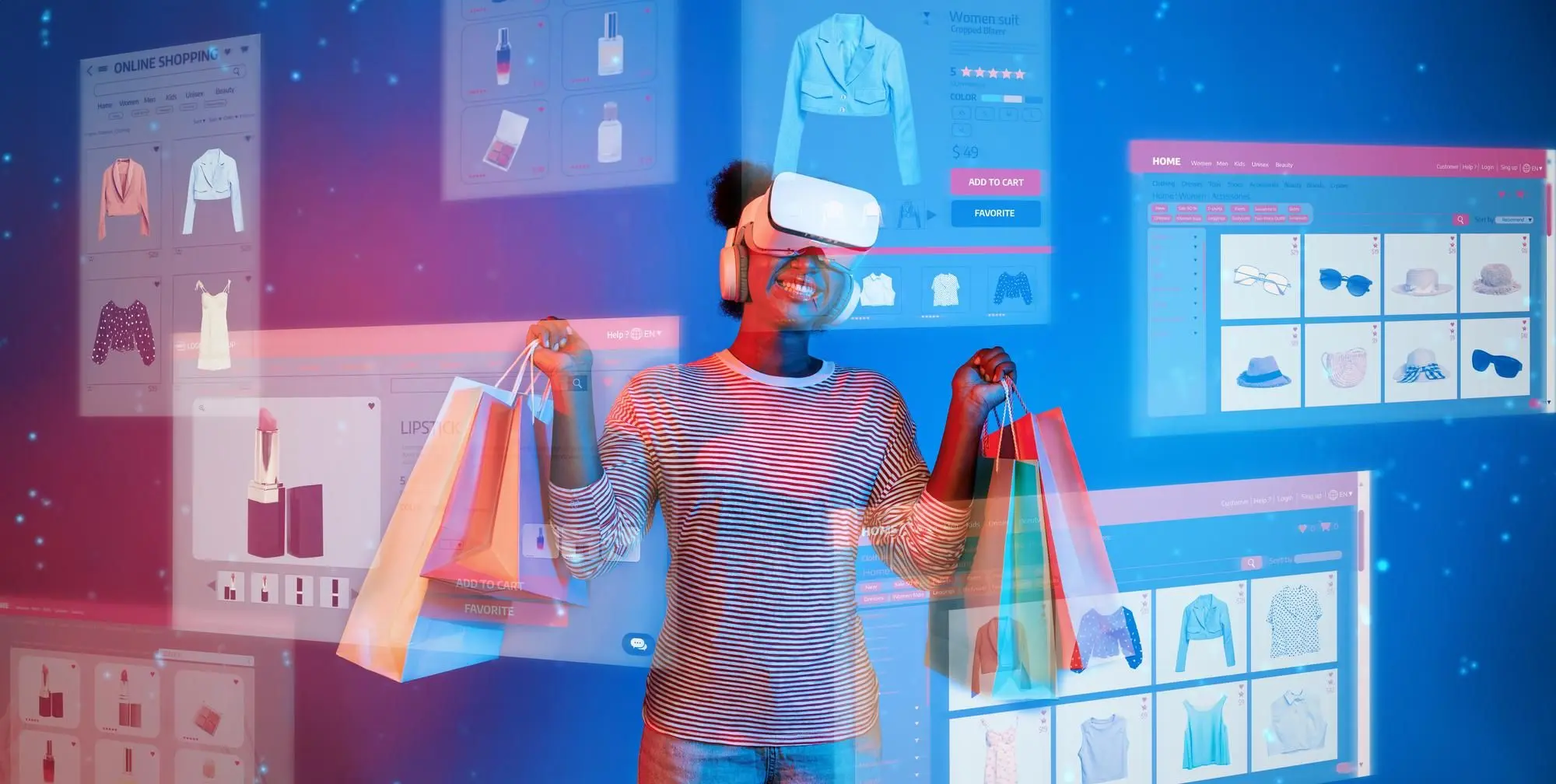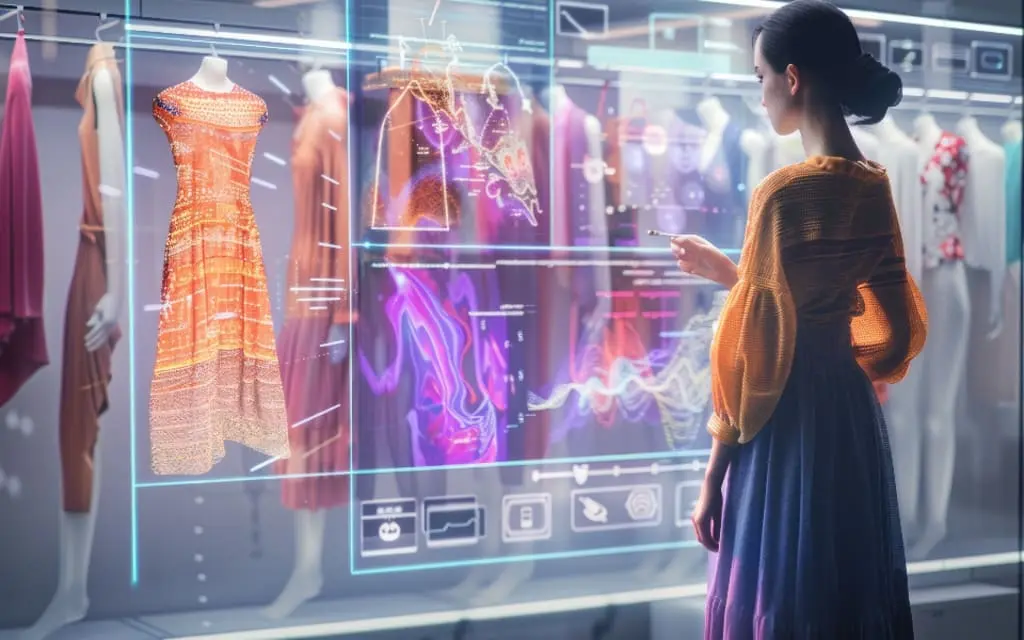
The retail landscape is evolving rapidly, and one of the most significant changes has been the introduction of AI-powered personal shoppers. These smart shopping assistants are revolutionizing the way consumers interact with brands, making shopping more convenient, personalized, and efficient. As AI technology continues to advance, the role of smart shopping assistants is becoming increasingly pivotal in enhancing the shopping experience.
The Emergence of AI-Powered Personal Shoppers
AI-powered personal shoppers utilize advanced algorithms and machine learning to understand consumer preferences and behaviors. By analyzing vast amounts of data, these systems can provide tailored recommendations, ensuring that shoppers find exactly what they are looking for. Whether it’s clothing, electronics, or groceries, AI shopping assistants are designed to streamline the search process and enhance the overall shopping experience.
One of the primary drivers behind the rise of smart shopping assistants is the growing demand for personalized experiences. Consumers today expect brands to understand their preferences and deliver products that meet their specific needs. Traditional shopping methods often fall short in this regard, leading to frustration and inefficiencies. In contrast, AI-powered personal shoppers excel at creating personalized shopping experiences by leveraging data analytics.
The Benefits of AI Shopping Assistants
There are numerous benefits associated with using AI-powered personal shoppers, including:
- Personalization: AI algorithms can analyze a shopper's past purchases, browsing history, and preferences to offer tailored recommendations that align with their tastes.
- Time-Saving: Smart shopping assistants can quickly sift through countless products, helping users find what they need in a fraction of the time it would take to do so manually.
- Cost Efficiency: Many AI shopping assistants can alert users to discounts, promotions, and sales, ensuring that they get the best deals available.
- Convenience: AI-powered assistants can be accessed from various devices, including smartphones and smart home devices, making shopping easier and more accessible.
How AI Personal Shoppers Work
At the core of AI shopping assistants are sophisticated algorithms and machine learning techniques that enable them to analyze consumer data effectively. Here’s a simplified breakdown of how these systems function:
- Data Collection: AI shopping assistants gather data from various sources, including user interactions, purchase history, and social media behavior.
- Data Analysis: The collected data is analyzed using machine learning models to identify patterns and preferences.
- Recommendation Generation: Based on the analysis, the AI generates personalized recommendations tailored to the individual shopper’s tastes.
- User Interaction: Shoppers can engage with the AI through voice commands, chatbots, or mobile apps, making the interaction seamless and user-friendly.
Chart: Growth of AI-Powered Personal Shoppers
Below is a representation of the growth of AI-powered personal shoppers over the past few years:
| Year | Market Size (in billion USD) |
|---|---|
| 2019 | 1.5 |
| 2020 | 3.2 |
| 2021 | 5.5 |
| 2022 | 9.0 |
| 2023 | 14.0 |
This chart illustrates the remarkable growth of the AI personal shopper market, highlighting the increasing adoption of these technologies by consumers and retailers alike.
Challenges and Considerations
Despite the many advantages of AI personal shoppers, there are also challenges that must be addressed. Privacy concerns are a significant issue, as consumers may be hesitant to share personal data with AI systems. Companies must ensure that they prioritize user privacy and data security to build trust with their customers.
Moreover, while AI can enhance the shopping experience, it is essential to maintain a balance between automation and human interaction. Some consumers may still prefer the traditional shopping experience and may find AI recommendations impersonal or lacking the human touch.
The Future of Smart Shopping Assistants
As technology continues to advance, the future of AI-powered personal shoppers looks promising. Innovations such as natural language processing, augmented reality, and improved machine learning algorithms will further enhance the capabilities of these assistants, making them even more effective in meeting consumer needs.
In conclusion, AI-powered personal shoppers are transforming the shopping landscape, offering a range of benefits that enhance the consumer experience. As this technology continues to evolve, we can expect even more personalized and efficient shopping experiences in the future. Retailers and consumers alike should embrace this trend to stay ahead in the dynamic world of e-commerce.








